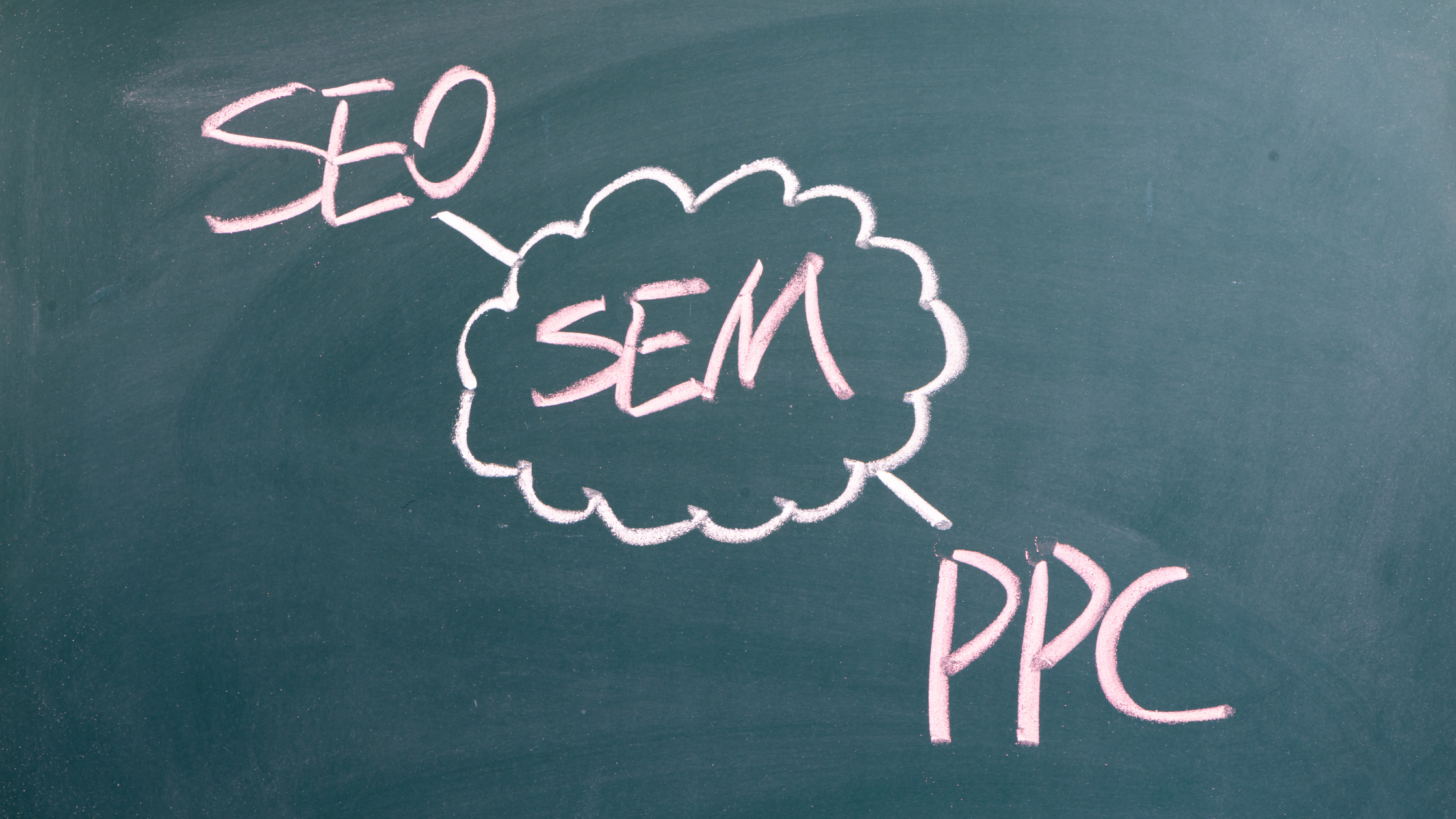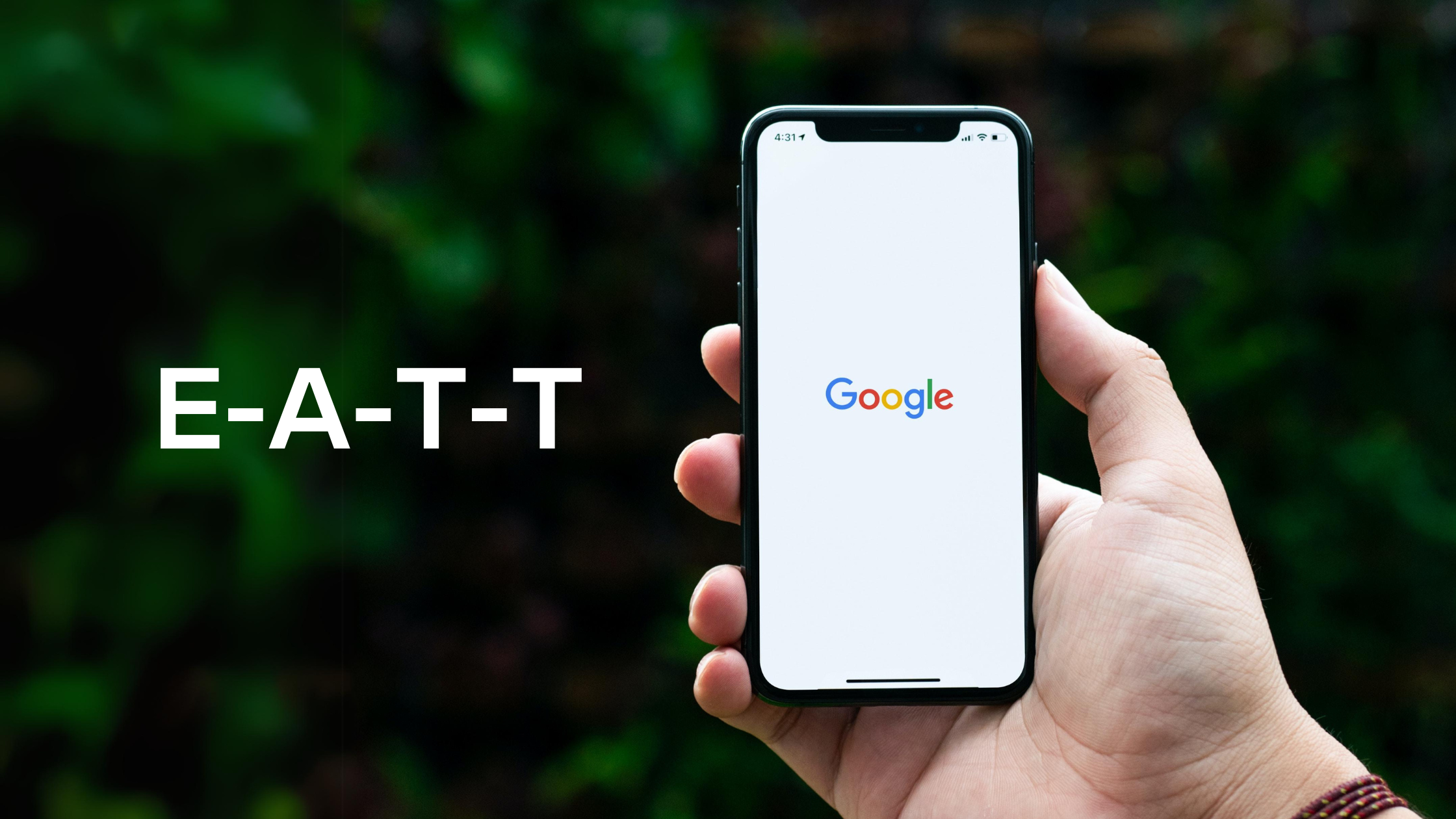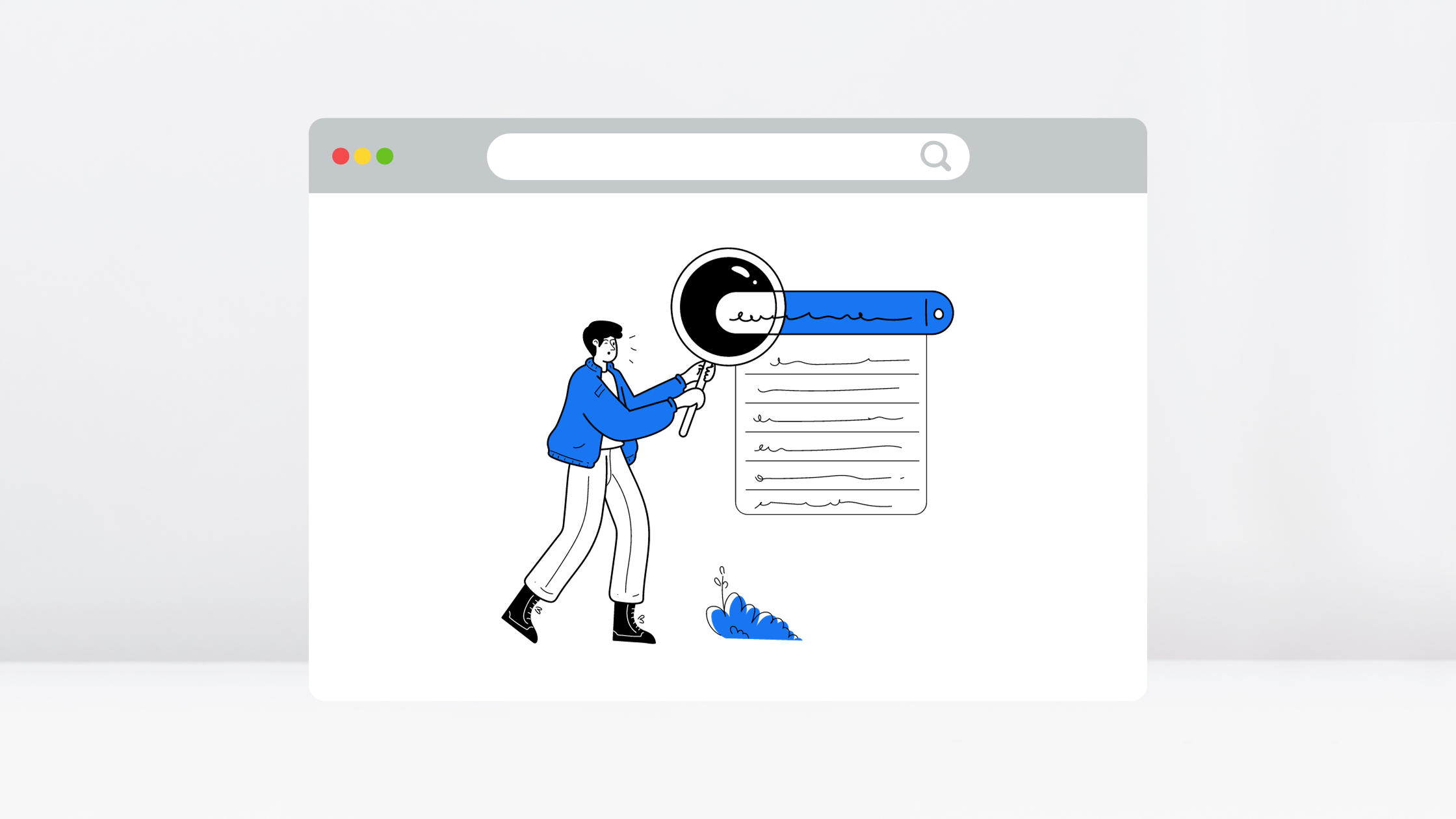From CPM to live-auction lobster ads, ever-evolving AdWords has expertly balanced company profits and user experience.
 The concept that cemented Google as the global search engine was entirely that of Larry Page and Sergey Brin in 1998, yet the idea that made it a global company was inspired and implemented by a pair in their early 20s. Page and Brin tasked now former YouTube CEO Salar Kamanger, a Stanford biology major, and his partner Eric Veach, to invent a revenue-producing system that would complement Google’s search technology.
The concept that cemented Google as the global search engine was entirely that of Larry Page and Sergey Brin in 1998, yet the idea that made it a global company was inspired and implemented by a pair in their early 20s. Page and Brin tasked now former YouTube CEO Salar Kamanger, a Stanford biology major, and his partner Eric Veach, to invent a revenue-producing system that would complement Google’s search technology.
The early assumption was that although ads would be essential to producing revenue, licensing search technology such as PageRank and selling servers would be equally profitable. Not only were ads considered a lesser priority, but Page and Brin believed that ads should be useful, user-friendly, and welcoming as opposed to annoying intrusions on the user experience.
Before 2000, traditional top-of-page ads were sold the old-fashioned way by salespeople – human beings – headquartered in New York City who pursued clients over dinner where the topic of conversation centered on keywords and their prices. Advertisers were billed by user views, or impressions, regardless of the user’s interaction or click-through rate.
The rail to the right of Google’s search results page offered small businesses an opportunity to purchase ads directly online. In fact, Google ran a limited test to a small percentage of Google users. According to Google, “we eagerly waited for the first advertiser to sign up. A few engineers kept checking the system, and within minutes, our first AdWords customer had created the very first ad through online sign up.” What was the first business to buy and run an ad through the initial program? A Chicago-based live mail-order lobster store (a current client of RLC Media!).
Lobster Gram registered just minutes after Google deployed a link reading: “see your ad here.” They had never considered using online marketing, but saw the test link and signed up when they realized they could independently take action right then and there.
And as the business grew, Kamangar and Veach decided to price the side-of-the-page ads by way of an auction. Unlike an eBay-style auction unfurling over minutes and days, they established a virtual marketplace of sealed bids where winners were determined algorithmically within seconds. Kamangar and Veach’s auction-based AdWords Select product was initially thought of as a supplement to the traditional program based on impressions. But Google’s side-of-the-page enclosure could do little to prevent auction-based ads from jumping to the premium zone sitting just above the search results. When Google algorithms determined that a select ad would generate more revenue, it would surpass a premium ad and grab the coveted position.
Kamangar noticed the trend and pushed for the end of premium ad sales at set prices in favor of pricing per impression, introducing uncertainty and unpredictability to agencies with specified budgets. Eric Veach fought even harder with analysis and data that ad quality equalled a warm audience and that big advertisers were paying too little for valuable keywords. Ultimately, an auction-based, pay-per-click model was deemed the most effective system even if it meant cannIbalizing current lucrative CPM ads.
Most of the larger advertisers that bought ads sold by impression were disgruntled when Google switched to a cost-per-click model. Even within Google, instead of selling to corporate players, employees would now be tasked with getting corporations to place bids in an auction. Former Googler, Jeff Levick tells a story of visiting three big customers to explain the new system: “The guy in California almost threw us out of his office and told us to fuck ourselves. The guy in Chicago said, ‘This is going to be the worst business move you ever made.’ But the guy in Massachusetts said, ‘I trust you.’”
In order to reassure bidders that they wouldn’t be over-bidding their keyword competition, Google used to guarantee the winning bidder would only be charged a penny more than the subsequent highest bidder, which was intended to encourage higher bids.
Nowadays, advertisers often think of the Google ad auction as a straightforward affair of bids and budgets. But the bids themselves are only one component in determining the auction winner in conjunction with something called quality score. The metric works to match high-caliber matches with what specific users are querying on their results pages. Ad relevance to specific keywords, landing page quality, and the percentage of clicks on an ad (or click-through rate) are the primary factors in determining the score. In order to maintain a system of quality and high-quality user experience, a penalty is even imposed on ads deemed irrelevant or obtrusive, often requiring a minimum auction bid.
The early and unprecedented success of Google’s search business was the result of a profound recognition that a global Internet functions on speed, data analysis, scale, and customer satisfaction, with a bit of game theory for good measure. If you are looking to join the constant AdWords evolution or have questions about strategic bidding and your quality score, contact our experts at RLC Media here.
https://adwords.googleblog.com/2005/08/adwords-history-lesson.html/http://www.rlcmedia.com





